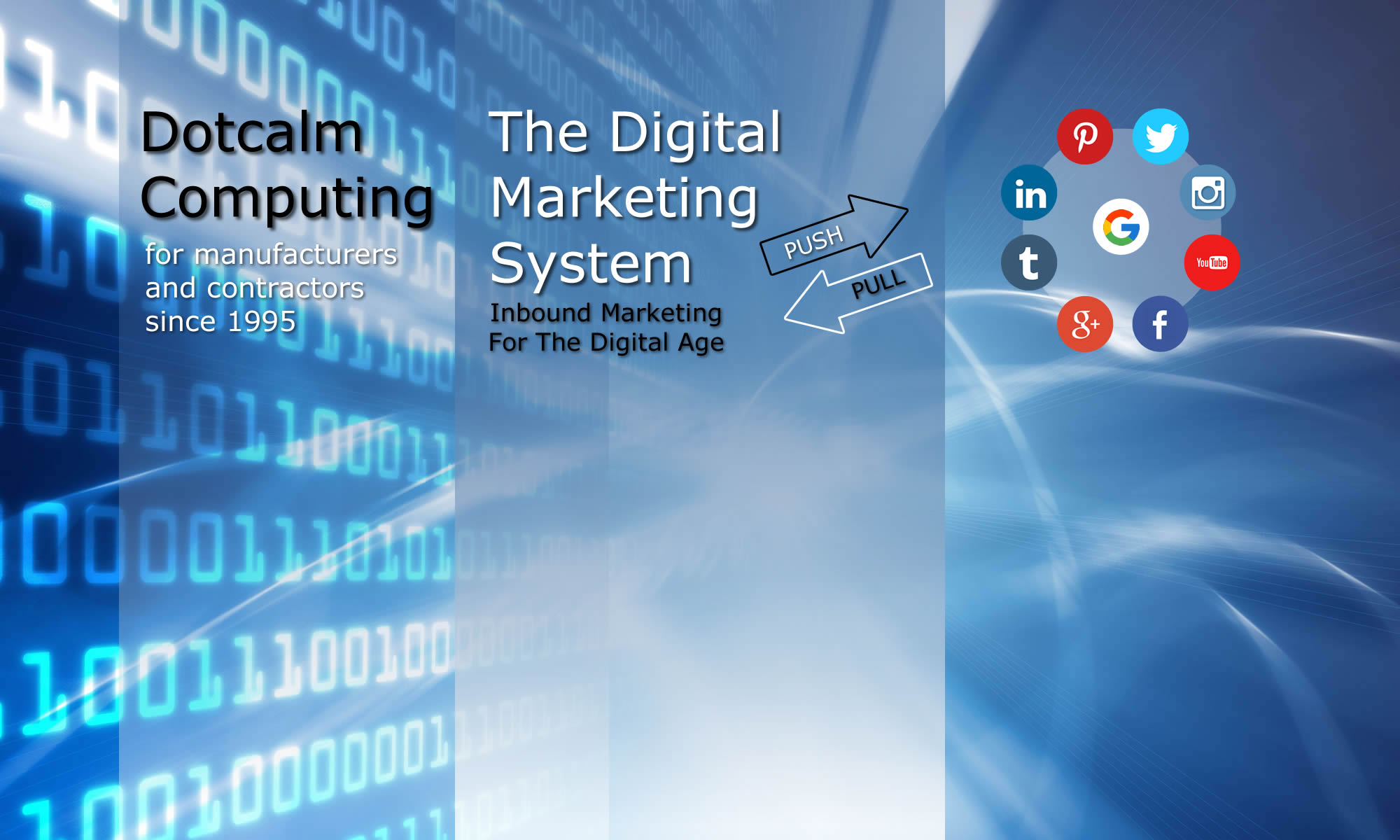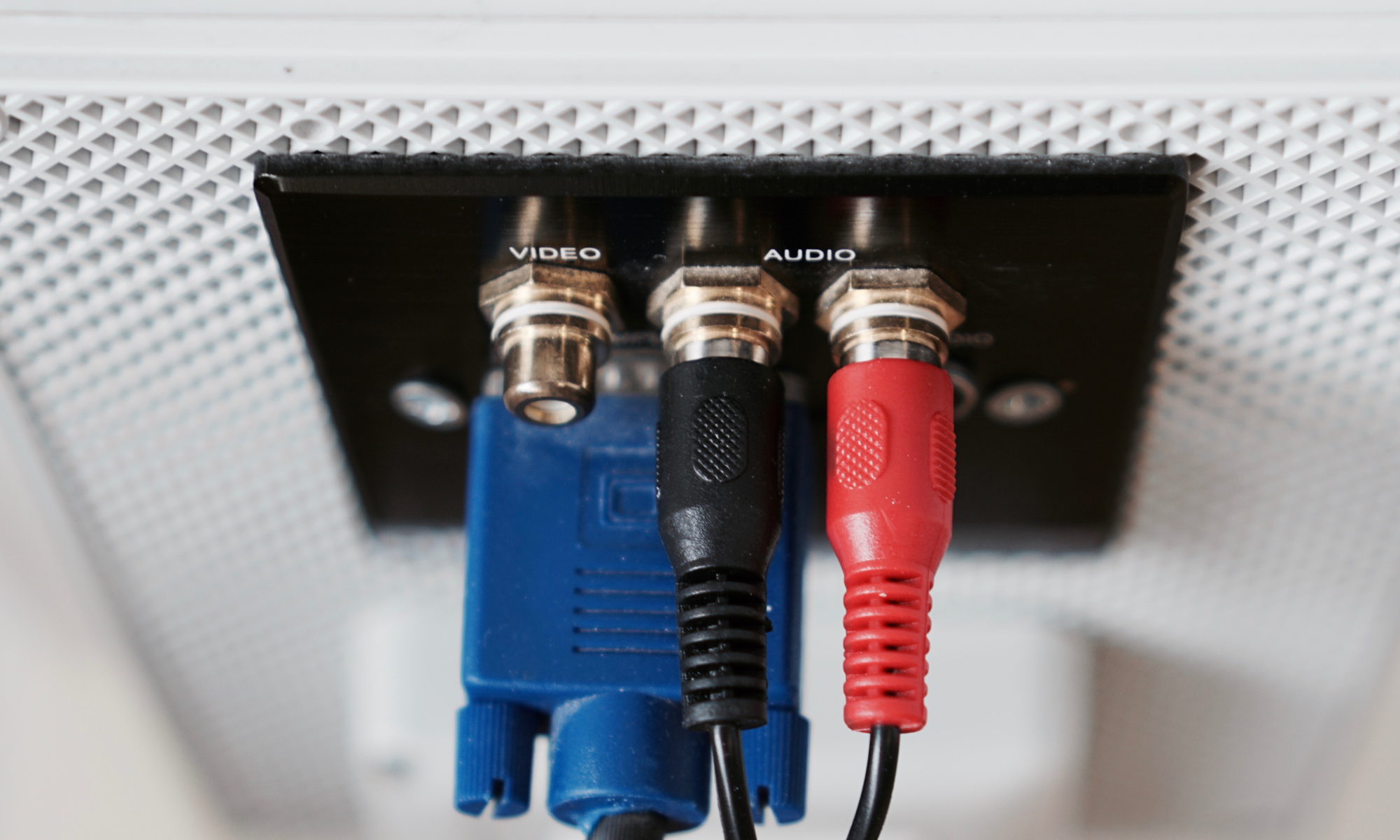If you are thinking about buying your first computer or a complete network of computers, there are some things that you should keep in mind. If you are about to purchase your first computer, it would help if you at least know what features to look for in a computer and what are the bare minimum in terms of requirements.
As always you should know that quality comes at a higher price. The trick is to get the best computer you can within a certain budget. As a rule of thumb, I try to avoid buying whatever is considered the leading edge in computers. In the first place, these computers cost more and are virtually obsolete the moment you buy them.
Second, it is always a good idea. to wait for a while to see if the computer technology is defect free or at least until it has a recognizable and proven track record. Finally, if you insist on buying only the most expensive computer there is, be aware of the fact that there is always a time lag between the computer and the rest of the industry from software makers to the makers of peripherals like printers, etc.
Computer Components
Here are some things your should consider when buying your computer: Get the latest developments in the computer industry from sources like PC World.
| The Dream Machine | |
|---|---|
| Motherboard | Start by selecting the motherboard. This sets the course for what kind of computer you can build. |
| Tower | Choosing the right tower for your computer is the next step. Get one with room for lots of expansion and cooling options. |
| Memory (RAM) | Get RAM that matches your motherboard. The more the merrier. |
| CPU Processor | Pick a processor that suits your needs. A multi-core processor is a good starting place. |
| Cooling | Make sure your components don't overheat especially if you like to overclock. Try Liquid Cooling. |
| Hard Drive | High speed hard drives are standard but more expensive. |
| Video Card | Your motherboard should already have integrated video cards, but its best to buy one that can keep up with anything new and demanding like a game. |
| Network | Go wireless if you hate wires. |
| Monitor | The larger the screen the happier you will be. Or two screens. |
| Keyboard | Razer BlackWidow Chroma |
| Mouse | Logitech |
| Sound System | Sound Blaster |
| USB | Get as many of these ports as you can - 4 is enough, 8 is better. |
Ports
Ports are how your CPU communicates with the rest of your computer. The CPU uses something called a Data Bus – a group of conductive parallel wires forming electric paths to the CPU – to estblish connections to your mouse or your printer. For a peripheral or an input/output (I/O) device like a keyboard, mouse or printer to operate, it needs to be connected to the bus, which in turn, is connected to the CPU. Ports make the connection between the data bus and the CPU possible.
There are basically six types of ports on the market today.
| Ports | ||
|---|---|---|
| Parallel | transmits bits of data along eight parallel wires like the data bus. Usiually connects to periperals like a printer or scanner (LPT1) | |
| Serial | is a communications (COM) port which transmit one bit of data at a time along a singe wire. Usually connects a modem or an I/O device like a mouse | |
| SCSI | is a type of parallel port called the small computer system interface which functions as an extension for the data bus. It allows for much faster data transmission and you can plug one SCSI device into another to create a daisy-chain. | |
| PS/2 | frees up a serial port if needed for a modem. Is used primarily for the mouse connection. Is easily replaced by the USB port. | |
| USB | can connect to anything and can connect to a hub with unlimited connections. Is quickly replacing serial and parallel ports | |
| FireWire | is required for heavy duty peripherals like a DVD player or a DV camcorder. Is more expensive than USB and can be daisy-chained. | |
BIOS
There are three types of software: operating system and applications. The BIOS or basic input/output system is the third type of software that loads the operating system. When you turn on your computer and the microprocessor tries to execute its first instruction, it has to get that instruction from somewhere. It cannot get it from the operating system because the operating system is located on a hard disk and the microprocessor cannot get to it without some instructions that tell it how. It is the BIOS that provides those instructions.
The first thing the BIOS does is check the information stored in a tiny (64 bytes) amount of RAM located on a complimentarymetal oxide semiconductor (CMOS) chip. The CMOS Setup provides detailed information particular to your system and can be altered as your system changes. The BIOS uses this information to modify or supplement its default programming as needed. The CMOS chip stores the settings that you make with the BIOS configuration program. The BIOS offers you many different options for most system components controlled by the BIOS, but until the settings are stored in the CMOS, the system is unable to run.
To Enter The CMOS Setup
Press a certain key or combination of keys during the initial startup sequence. Most systems use Esc, Del, F1, F2, Ctrl-Esc or Ctrl-Alt-Esc to enter setup. Normally there is a line of text at the bottom of the display that tells you Press ___ to Enter Setup.
Once you have entered setup, you will see a set of text screens with a number of options. Be very careful when making changes to setup. Incorrect settings may keep your computer from booting. When you are finished with your changes, you should choose Save Changes and exit. The BIOS will then restart your computer so that the new settings take effect.
CPU
When John von Neumann, first suggested storing a sequence of instructions – a program – in the same memory as the data, it was a revolutionary idea. According to his article the First Draft of a Report on the EDVAC, written in 1945, the central processing unit or CPU conssted of three main parts:
- the Arithmetical-Logic unit.
- the Control unit.
- the Memory,
Fifty-two years later, nearly all CPUs still have a von Neumann architecture. The first CPU to appear on a single chip was the Intel 4004. Introduced in 1971 the 4004 powered one of the first portable electronic calculators. The first CPU to make it into a home computer was the Intel 8080, a complete 8-bit computer on one chip, introduced in 1974. In 1979 the Intel 8088 appeared on the market and was used in 1982 to power the first IBM PC.
The underlying principles of all computer processors are the same. They all take signals in the form of 0s and 1s (thus binary signals), manipulate them according to a set of instructions, and produce output in the form of 0s and 1s. The voltage on the line at the time a signal is sent determines whether the signal is a 0 or a 1. On a 3.3-volt system, an application of 3.3 volts means that it’s a 1, while an application of 0 volts means it’s a 0.
Processors work by reacting to an input of 0s and 1s in specific ways and then returning an output based on the decision. The decision itself happens in a circuit called a logic gate, each of which requires at least one transistor, with the inputs and outputs arranged differently by different operations. The fact that today’s processors contain millions of transistors gives one a slight hint as to just how complex the logic system is.
The CPU’s logic gates work together to make decisions using Boolean logic, which is based on the algebraic system established by mathematician George Boole. The main Boolean operators are AND, OR, NOT, and NAND (not AND); many combinations of these are possible as well.
- AND gates outputs a 1 only if both its inputs were 1s.
- An OR gate outputs a 1 if at least one of the inputs was a 1.
- the NOT gate takes a single input and reverses it, outputting 1 if the input was 0 and vice versa.
- NAND gates are very popular, because they use only two transistors instead of the three in an AND gate yet provide just as much functionality. In addition, the processor uses gates in combination to perform arithmetic functions; it can also use them to trigger the storage of data in memory.
Intel’s first claim to fame lay in its high-level integration of all the processor’s logic gates into a single complex processor chip – the Intel 4004 – released in late 1971. This was 4-bit microprocessor, intended for use in a calculator. It processed data in 4 bits, but its instructions were 8 bits long. Program and data memory were separate, 1KB and 4KB respectively. There were also sixteen 4-bit (or eight 8-bit) general purpose registers. The 4004 had 46 instructions, using only 2,300 transistors in a 16-pin DIP and ran at a clock rate of 740kHz (eight clock cycles per CPU cycle of 10.8 microseconds).

